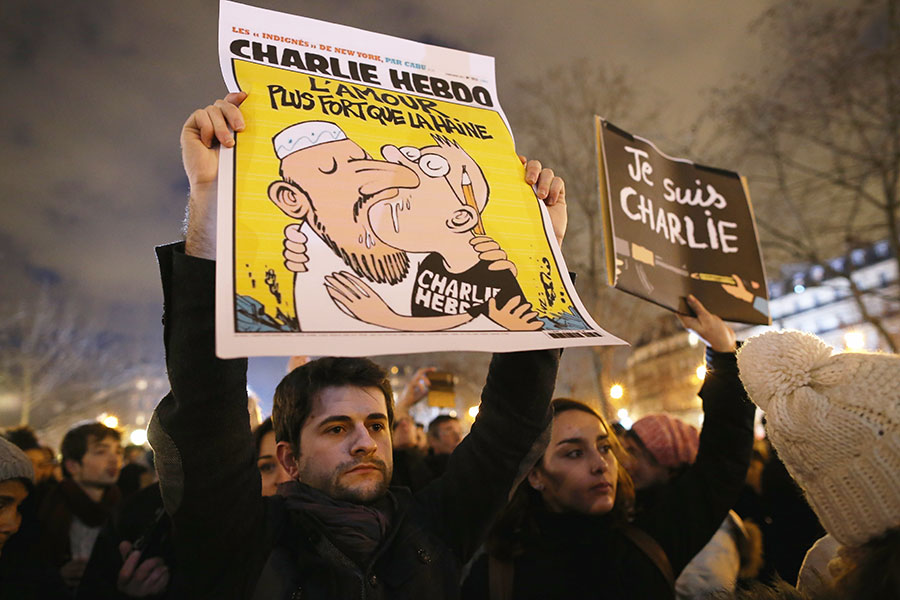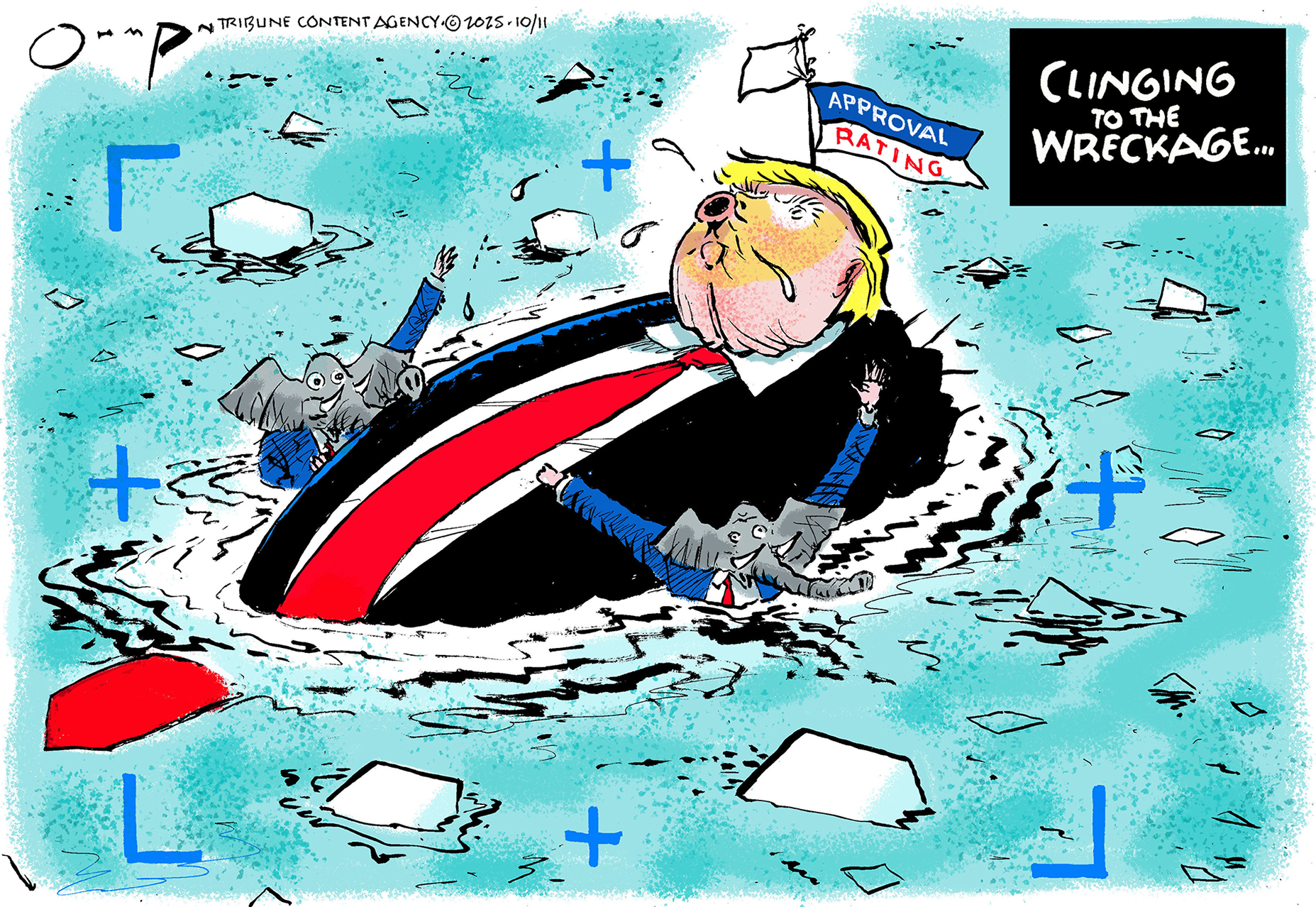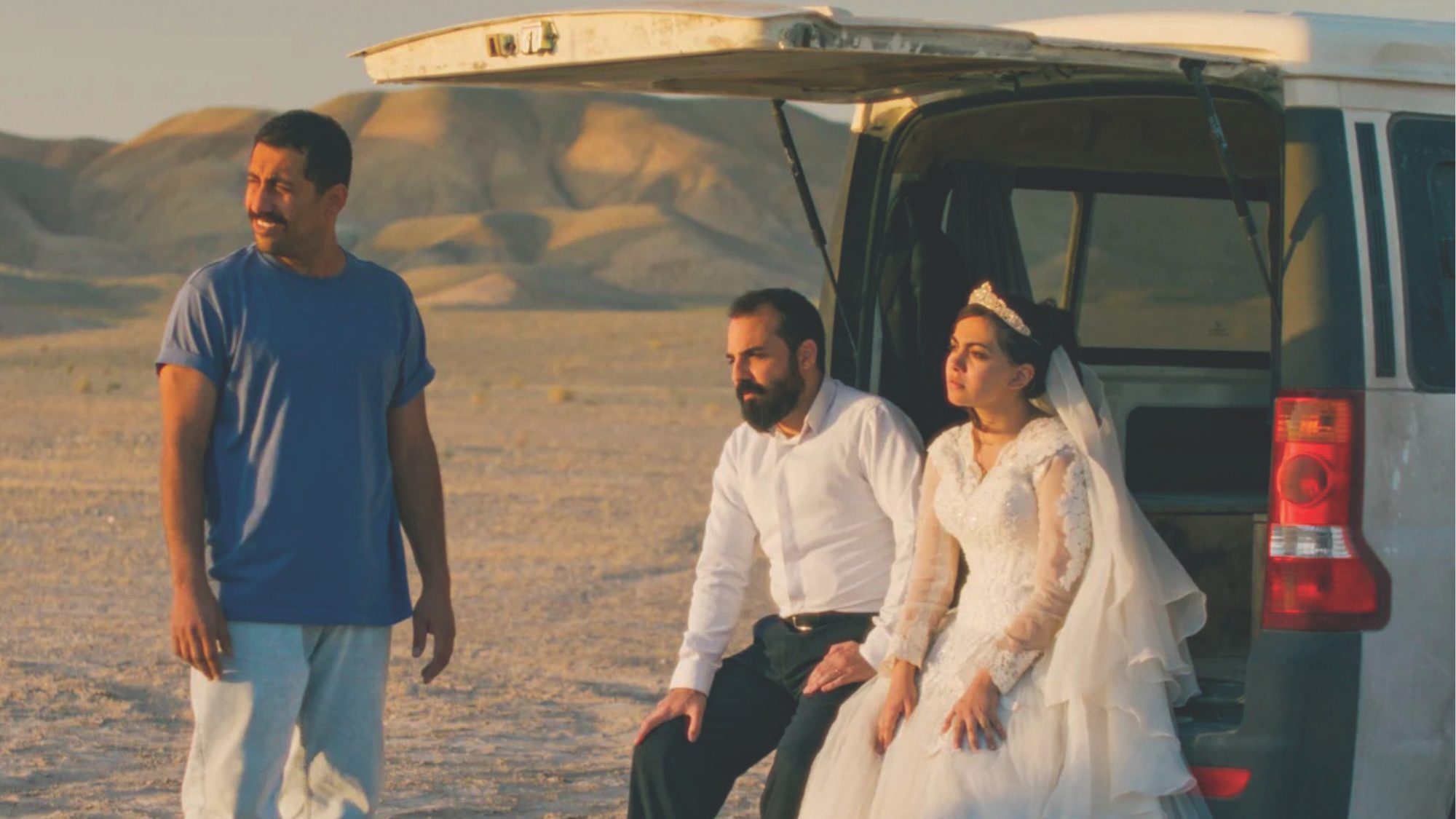Why we shouldn't censor Charlie Hebdo's cartoons
The New York Times got this one wrong


I sympathize with the argument made by Dean Baquet, the editor of The New York Times, and others who have chosen not to publish the Charlie Hebdo cartoons cited by the French terrorists as the source of their grievance. These publishers are making a choice not to incite or inflame, they say, by refraining from republishing images that Muslims consider to be highly offensive. But this is the wrong choice.
I don't think they're cowards — far from it. I just think they're wrong.
The images, which you can find here, are integral to understanding the story. Without publishing them, the Times presents as fact the notion that the cartoons were central to the motivational calculus of the terrorists. It describes the images, forcing the reader to paint a picture in her mind, or forcing her to go elsewhere for it. If the images weren't integral to the story, it wouldn't be as weird. But the Times takes the position that they are, and then refuses to avail itself of the opportunity to trust its readers to process them accordingly.
The Week
Escape your echo chamber. Get the facts behind the news, plus analysis from multiple perspectives.

Sign up for The Week's Free Newsletters
From our morning news briefing to a weekly Good News Newsletter, get the best of The Week delivered directly to your inbox.
From our morning news briefing to a weekly Good News Newsletter, get the best of The Week delivered directly to your inbox.
"But they're offensive." Okay, perhaps they're offensive — but they're cartoons. They're not pictures of people laying dead on the street. They're not pictures of necrotizing fasciitis. They're depictions — caricatured depictions — of something that itself is being depicted. They're second-order depictions. And if the Times decided to publish one or more, taking them out of context of their original publication and displaying them to people with a caption, the Times would be removing the image one step further from its context. We're now three layers away from a real image of something, and the Times still says no.
A cartoon that in another place is meant to offend is meant to educate when the Times publishes it. The intent of the editors and the context of its publication matters.
Finally, by not publishing the cartoons, the Times has endorsed the idea that it is normal, or okay, for people to be violently offended by depictions of a deity. Insidiously, the Times is endorsing the idea that there exists a category of cartoons that is so offensive that they ought not be published even outside the initial offending context. It is endorsing the idea that the attackers held, which is that the drawing and publishing cartoons represented a perversion of free will in service of blasphemy. Why should The New York Times, truly a pioneer in sacralizing press speech in America, bracket its institutional point of view? Not all speech is equal. Some speech is better than others. Some beliefs are more harmful than others. The Times is endorsing the harmful belief that, elsewhere, their editorialists claim is perverse.
What the Times worries about, I think, is appearing to endorse the idea that there is a natural strand of irrationality and immodernity in Islam, and that such irrationality and immodernity deserve respect. But the Times, which is a modern newspaper, should be willing to lay its cards on the table. Those beliefs exists. They are irrational and harmful. They've existed in religions and in creeds since time immemorial. For a lot of reasons, reasons the Times has done good reporting to draw out, those beliefs are motivating people to violence.
A free daily email with the biggest news stories of the day – and the best features from TheWeek.com
The chance that someone would decide that the Times' publication of the images is equivalent to their Charlie Hebdo publication and decide that violent retribution is warranted — well, let's even give the Times the benefit of the doubt. It's possible someone will do that. But that possibility exists in some form for just about every story the Times publishes about war, peace, religion, sex, death, and even taxes. As the Times well knows, speech is powerful.
So is censorship. By not publishing the cartoons at the center of the massacre, the Times says it respects those who take strong offense at the cartoons as much it respects those who laugh and dismiss them. This position is at odds with modernity. It also is irrational. Of the six million Muslims in France, of the millions who have seen the cartoons, four were incited to violence because of them. The significant majority of Muslims are capable of finding something offensive and then otherwise going back to the challenges of living. The Times, I think, believes this, but its actions perpetuate the opposite belief.
Marc Ambinder is TheWeek.com's editor-at-large. He is the author, with D.B. Grady, of The Command and Deep State: Inside the Government Secrecy Industry. Marc is also a contributing editor for The Atlantic and GQ. Formerly, he served as White House correspondent for National Journal, chief political consultant for CBS News, and politics editor at The Atlantic. Marc is a 2001 graduate of Harvard. He is married to Michael Park, a corporate strategy consultant, and lives in Los Angeles.
-
 Political cartoons for December 11
Political cartoons for December 11Cartoons Thursday's political cartoons include sinking approval ratings, a nativity scene, and Mike Johnson's Christmas cards
-
 It Was Just an Accident: a ‘striking’ attack on the Iranian regime
It Was Just an Accident: a ‘striking’ attack on the Iranian regimeThe Week Recommends Jafar Panahi’s furious Palme d’Or-winning revenge thriller was made in secret
-
 Singin’ in the Rain: fun Christmas show is ‘pure bottled sunshine’
Singin’ in the Rain: fun Christmas show is ‘pure bottled sunshine’The Week Recommends Raz Shaw’s take on the classic musical is ‘gloriously cheering’
